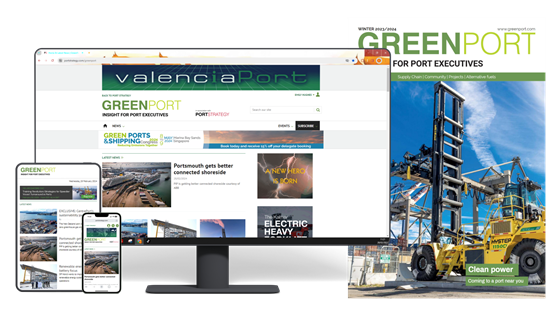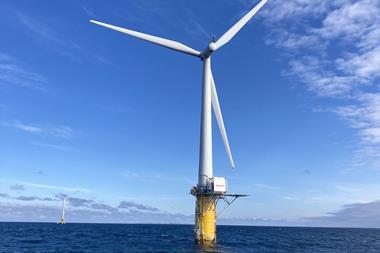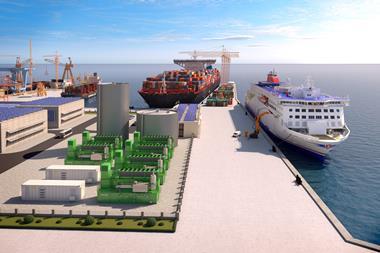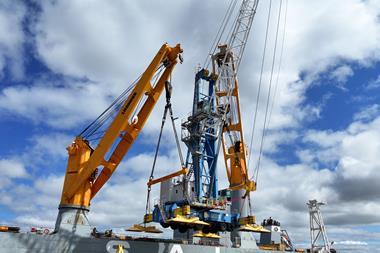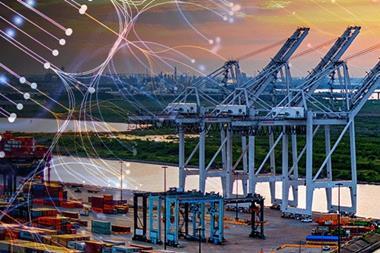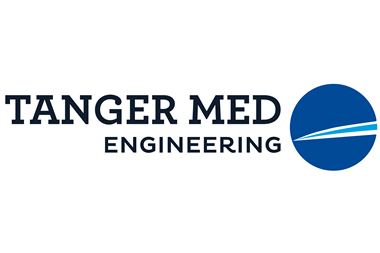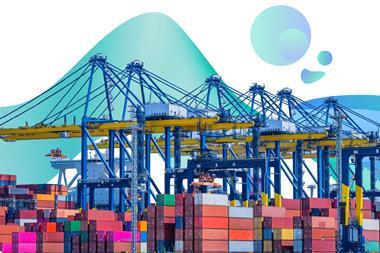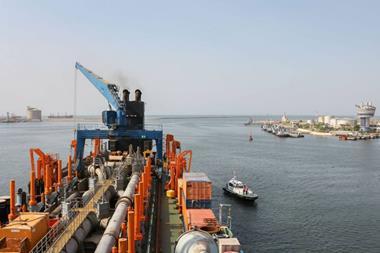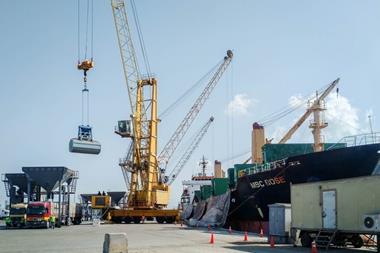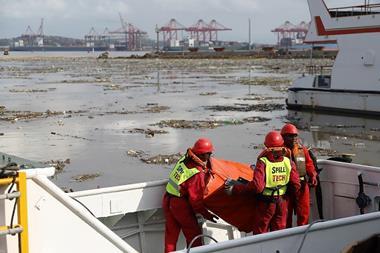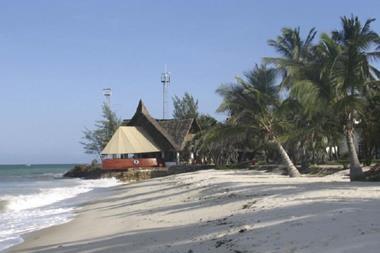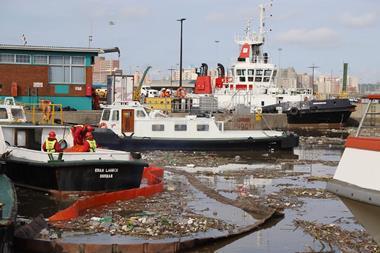Strategically located at the crossroads of Europe, Africa, and Asia, Tanger Med Port Complex - the leading port in the Mediterranean and Africa, places the energy transition at the heart of its development model, combining innovation, digitalization, and operational excellence.
Ranked 17th among 500 container ports worldwide by Alphaliner and 3rd globally for efficiency according to the World Bank and S&P, the port continues to set new international benchmarks.
An ambitious investment program, led by Tanger Med and initiated with a first phase of 200 million USD, supports the rollout of a comprehensive decarbonization roadmap aiming for carbon neutrality across all its direct activities by 2030.
Through this strategy, Tanger Med Port responds to a dual imperative: aligning with evolving international environmental standards while enhancing its global competitiveness as a logistics hub.
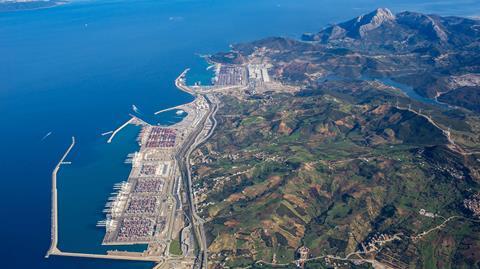
Anticipating International Regulation
Faced with upcoming regulations, including the IMO’s global carbon pricing mechanism set to come into effect in 2028 and the EU’s Emissions Trading System has already been applied to maritime transport since 2024, Tanger Med has chosen to act ahead of the curve. This proactive approach is also aligned with Morocco’s national objective to reach 52% renewable energy in its national mix by 2030. As a leading logistics and industrial hub, Tanger Med Port Complex is fully committed to this ambition.
An Energy Strategy Built on Four Pillars
Its energy strategy is structured around four major priorities: securing renewable energy supply, adopting clean mobility solutions, improving energy efficiency, and implementing circular resource management. These pillars are reinforced by the deployment of advanced technologies and the ongoing digital transformation of port operations.
Tanger Med Port Complex: Powered by 100% Green Electricity
Since December 2024, the port complex has been operating entirely on green electricity thanks to agreements with national renewable energy producers. To support growing energy needs, Tanger Med is also investing in solar self-generation. The Group is building a pioneering floating solar plant on the Oued Rmel dam, covering 8 hectares with a planned capacity of 13 MW. Expected to come online by Q4 of 2025, it will power the port while also reducing water evaporation.
On-Shore Power Infrastructure Enabling Zero-Emission Calls
The decarbonization strategy also extends to ships calling at Tanger Med. An On-Shore Power Supply (OPS) has been installed along 800 meters of quay at container terminal TC4. With an 8 MVA capacity, it can support one ultra-large container vessel or two mid-sized ships simultaneously. This system enables vessels to shut down their auxiliary engines during port calls, avoiding up to 100 tons of CO₂ emissions per stop. The infrastructure is being gradually extended to all quays to allow all compatible ferries and container ships to benefit from zero-emission operations.
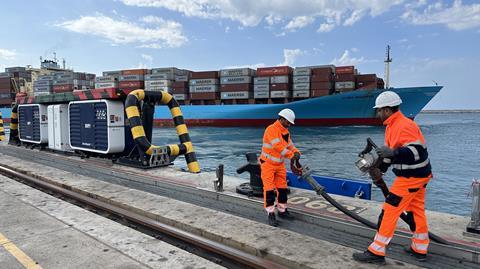
Toward Cleaner Mobility
Tanger Med is also transforming its internal mobility. Since 2022, part of the vehicle fleet has been electrified, with 34 electric vehicles and 10 charging stations in operation. Efforts now focus on port handling equipment, as the port handled over 10 million containers in 2024. Tailored decarbonization solutions are currently being deployed to ensure sustainable logistics.
Innovation Driving Energy Performance
Tanger Med is investing heavily in renewable technologies to better manage consumption. All public lighting has been converted to LED, reducing lighting-related consumption by 55%. Following its ISO 50001 certification in 2024, the port has initiated the deployment of a smart grid system designed to enhance real-time energy management. This advanced infrastructure enables the port to monitor, manage, and optimize its energy consumption, aligning with its long-term strategy for sustainability and operational efficiency.
A Strong Circular Economy Approach
In terms of circular economy, an integrated waste management system covers the entire port and industrial ecosystem. In 2024, more than 17,500 tons of waste were processed across the Tanger Med Group port complex and its activity zones. The Group also operates four wastewater treatment stations and will open a solid waste sorting and recovery center in late 2025, with a treatment capacity of up to 29,000 tons annually.
TANGER MED PREPARES FOR THE FUTURE WITH CLEAN FUELS
Tanger Med Group is anticipating the major shifts of the global maritime energy transition by supporting its shipping clients in adopting new synthetic fuels, aiming to strengthen its international competitiveness. Positioned at the forefront of the maritime energy revolution, the Moroccan port complex is actively preparing to integrate these clean fuels into its operations, leveraging Morocco’s favorable ecosystem for hydrogen and synthetic fuel production to play a central role in decarbonizing Mediterranean shipping routes. Its capacity to supply these alternative fuels will be decisive within the next decade.
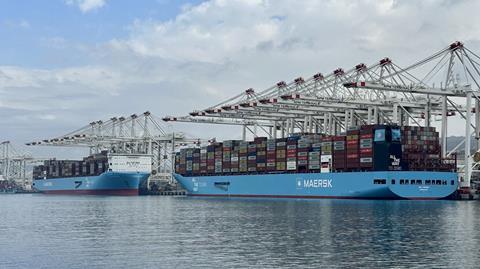
This transition is accelerated by tightening regulations. The International Maritime Organization will introduce a global carbon tax in 2028, while the European Union has already subjected ships sailing to or from European ports to carbon taxes since January 2024. Faced with this growing fiscal pressure, shipowners are investing in vessels compatible with alternative fuels, despite estimated extra costs of 15% to 20%. This strategic move allows them not only to comply with regulations but also to remain competitive in major international corridors.
Global shipping leaders are already investing in dual-fuel vessels powered by LNG, methanol, or ammonia. These now account for nearly 40% of the global order book in terms of tonnage. In March 2024, Tanger Med welcomed its first methanol-powered mega-ship, the Ane Maersk, marking a new chapter in green maritime logistics along the Asia-Africa-Europe corridor.
The adoption of these alternative fuels brings with it major technical and regulatory challenges. Each fuel type is subject to strict requirements in terms of safety, storage, and logistics. Methanol, for example, requires dedicated fire protection systems due to its specific combustion characteristics.
In anticipation of these challenges, Tanger Med is working in close collaboration with Moroccan authorities as part of the national roadmap for integrating clean fuels produced domestically and integrated into the maritime sector, under the broader “Morocco H2 Offer” initiative.
As part of this effort, the port has updated its master development plan to gradually incorporate these new energy carriers. This includes allocating the necessary space for storage, piping, and ship bunkering, while fully accounting for the specific safety requirements of each fuel. In addition, a pilot project is set to be launched to test methanol and ammonia bunkering under real-life conditions. The objective is to trial operational procedures and build hands-on expertise among port teams, paving the way for a safe and effective transition to low-carbon fuels.


